Why Strength Training?
For too long, strength training was boxed into the world of athletes, bodybuilders, or those chasing a muscular aesthetic. ‘Most women shy away from weight lifting because they think they will develop a huge muscular body,’ says Vinod Channa, celebrity trainer and health expert. Channa explains how this is nothing but a myth, ‘Women naturally have much lower levels of testosterone, the hormone primarily responsible for muscle growth in men. Even if a woman lifts heavier than a man, she won’t develop an overly muscular or bulky physique,’ Channa weighs in.
Today, more and more women are discovering its powerful impact- not just on how they look, but how they feel and live. Strength training is not about becoming bulky or benching heavy weights from day one. It's about reclaiming strength in every sense of the word: physical, emotional, and mental.

Image used for representational purposes only.
Let’s understand why lifting weights or adding resistance training to your weekly routine can be one of the most empowering decisions you'll ever make:
1. Boosts Metabolism & Supports Fat Loss
While cardio may help burn calories in the moment, it’s strength training that will help you burn more calories long after your workout is complete. ‘This is because building lean muscle mass increases your resting metabolic rate,’ explains Channa. Simply put, your body will burn more energy even at rest. This makes it a powerful tool for fat loss without going on extreme diets. It also reshapes your body from within and makes your metabolism more efficient over time.
2. Sculpts and Tones Your Body
Many women start working out to ‘tone up.’ Let’s break down what that really means. Toning is simply a result of building muscle and reducing excess fat. Through consistent strength training, your muscles become more defined, your curves more sculpted, and your body feels tighter and more energised. This doesn’t mean bulking up, it means enhancing your natural shape, improving body composition, and feeling stronger in your own skin.
3. Improves Posture and Bone Density
With more women joining the workforce, a lot of us spend so much time sitting at desks, on our phones, or in cars. This leads to poor posture, making back pain a common complaint. Strength training helps correct muscle imbalances and builds the muscles that support your spine and shoulders. Over time, you’ll notice better posture, fewer aches and pains. Better yet, it also boosts bone density, which is especially important for women who are more prone to osteoporosis with age. Lifting weights is one of the most effective ways to keep your bones strong and reduce the risk of fractures later in life, according to Channa.
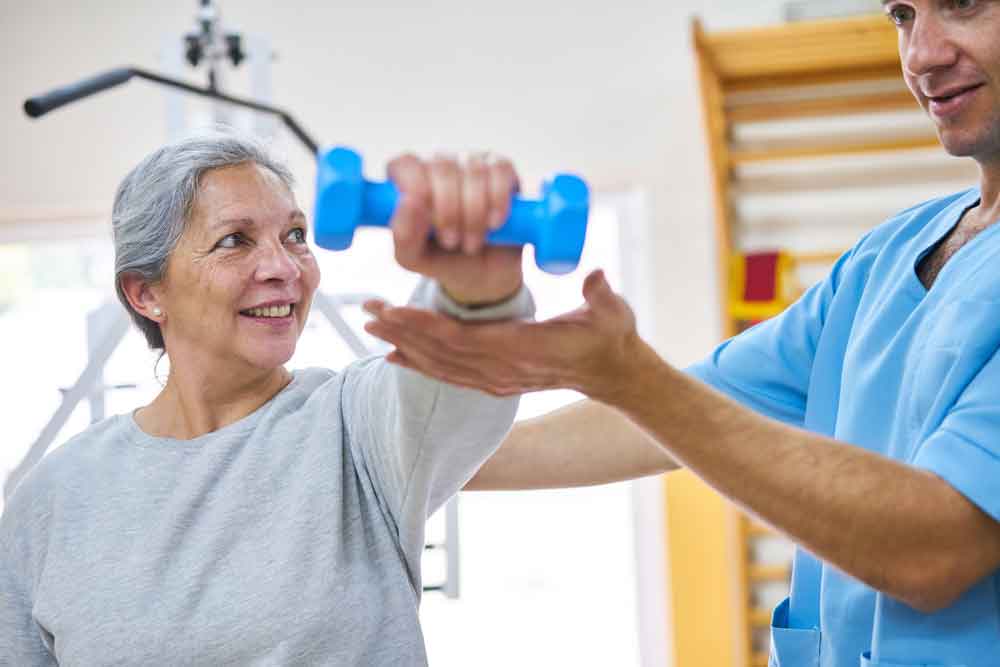
Image used for representational purposes only.
4. Enhances Mood & Reduces Anxiety
Strength training isn’t just about the physical gains- it’s also a game-changer for mental health. With regular resistance workouts, you’ll see a reduction in symptoms of anxiety, depression, and stress. Did you know that the release of endorphins (feel-good hormones) during a workout can lift your mood almost instantly? Beyond these effects, strength training offers something deeper: a sense of control, resilience, and accomplishment. It will help you feel grounded, focused, and emotionally balanced.
5. Builds Confidence and a Stronger Sense of Self
There’s something transformative about realising your body can do hard things- like lift, push, squat, and carry. Strength training is known to rewire how you see yourself. Each rep, each set, each session feels like a win. The physical strength you build will begin to mirror your inner strength. With strength training, get ready to stand taller, walk with purpose, and begin to trust yourself more- not just at the gym, but also in everyday life.
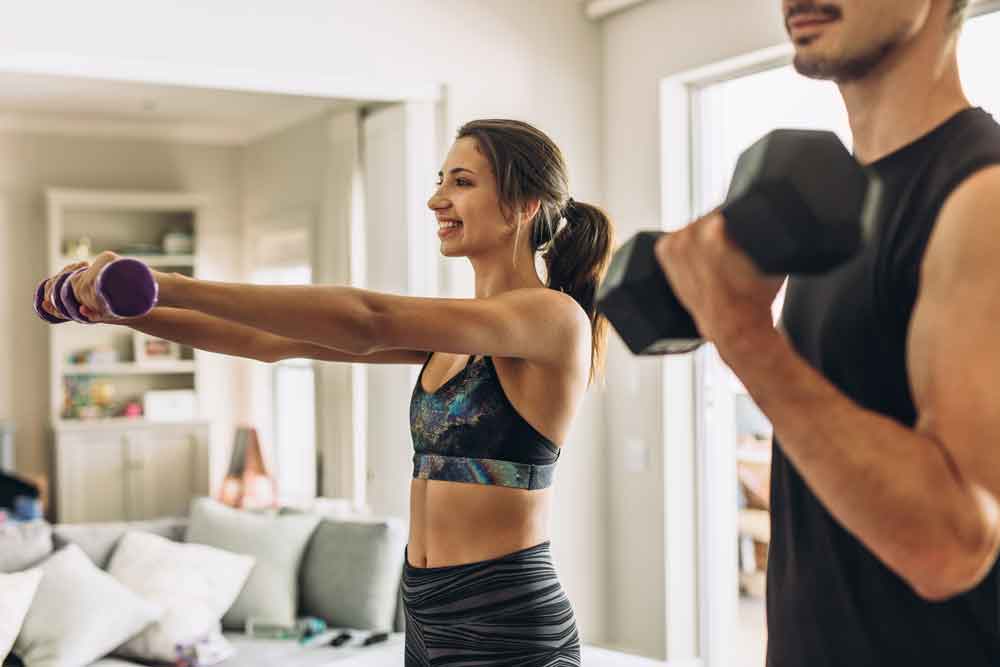
Image used for representational purposes only.
Strength training isn’t just a fitness trend, it’s a form of self-love. It’s time to look at it as a way to reconnect with your body, boost your energy, and equip yourself for life’s challenges with strength, stamina, and self-assurance. Whether you’re a teenager building healthy habits early or a woman restarting your journey after years, it’s never too late or too early to pick up those dumbbells and start lifting yourself, one rep at a time.
What You’ll Need
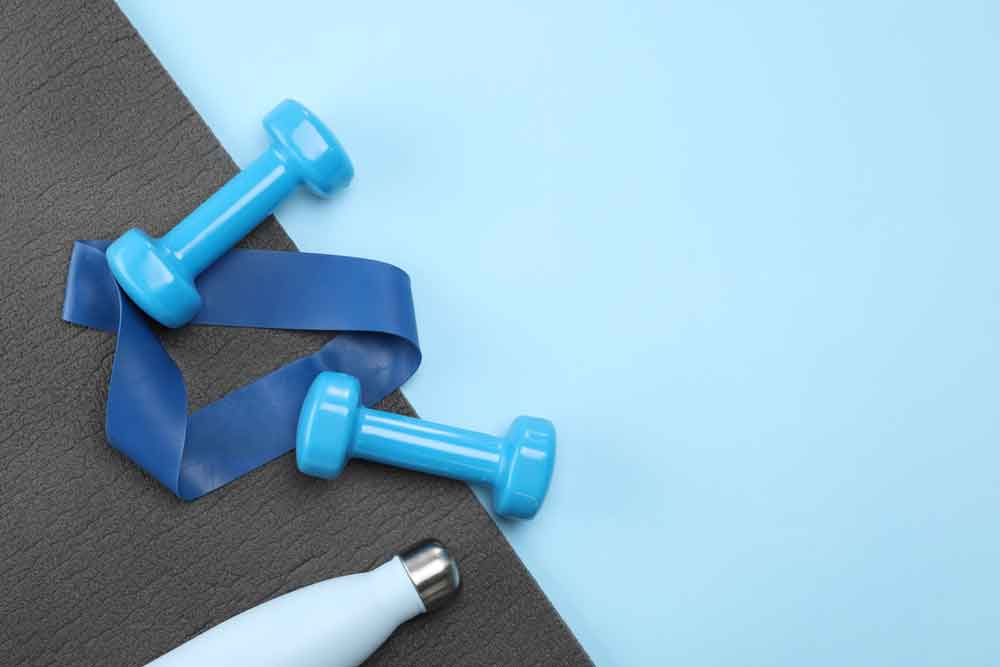
Image used for representational purposes only.
- A pair of light to medium dumbbells (start with 2 to 5 kgs)
- A yoga mat or non-slip surface
- A resistance band (optional)
- Water and a towel
- A journal or app to track progress
- Comfortable workout clothes and shoes
Weekly Strength Training Plan
Always begin with a 5-10 minute warm-up and end with cool-down stretches.
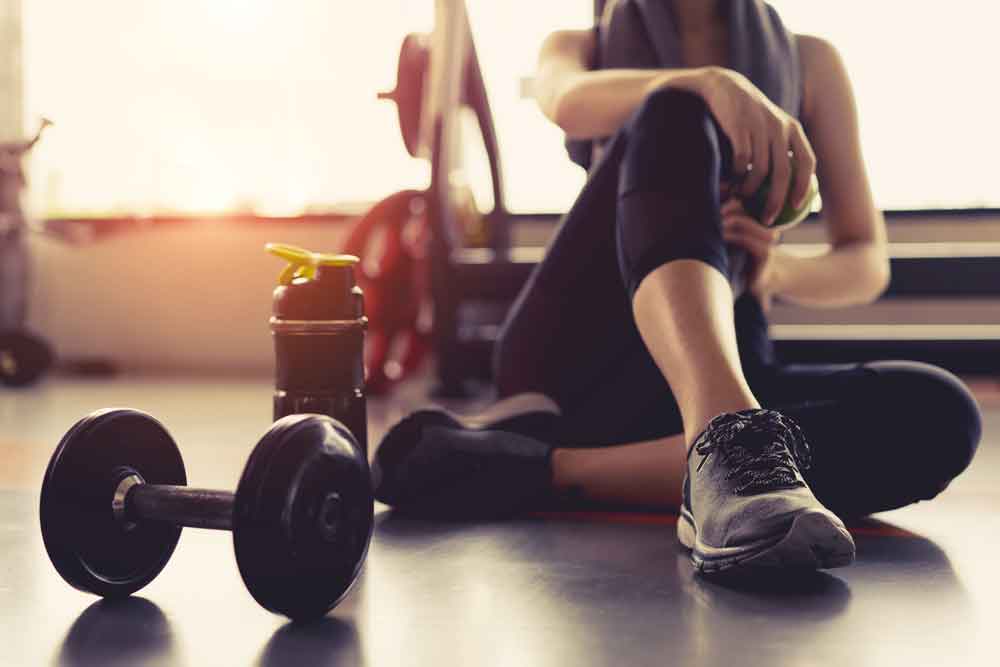
Image used for representational purposes only.
Week 1-2: Foundation Phase
Focus:
- Learning correct form
- Building consistency
- Understanding your body’s signals
Channa recommends starting with small mobility and flexibility movements before you begin strength training, especially if you have a sedentary job. Not using your muscles for a long time can make your muscles weak, making it tricky to start strength training, making you prone to injuries or extreme exhaustion, he explains. Just walking, however, is not enough. ‘Walking is not strengthening. It’s just a movement to exhaust yourself,’ he says.
Sample Full Body Routine:
Exercise | Sets X Reps |
Cat-Camel | 1 X 5 or 10 |
Bird-Dog | 1 X 5 or 10 |
Single Leg Frog Press | 1 X 5 or 10 |
Salabhasana & Cobra Pose | 1 X 5 or 10 |
Knee Bend Plank | 30-60 seconds |
Chest Press | 1 X 5 or 10 |
Lat Pull Down | 1 X 5 or 10 |
Bicep Curl | 1 X 5 or 10 |
Lateral Raise | 1 X 5 or 10 |
Start with 15-20 minutes a day, watching how your body reacts. Be consistent with the sets and reps if your muscles are too sore. Once you feel more comfortable with the workout, you can increase to 10 to 15 reps and two sets. Ensure you rest for about 30-45 seconds between each set and exercise.
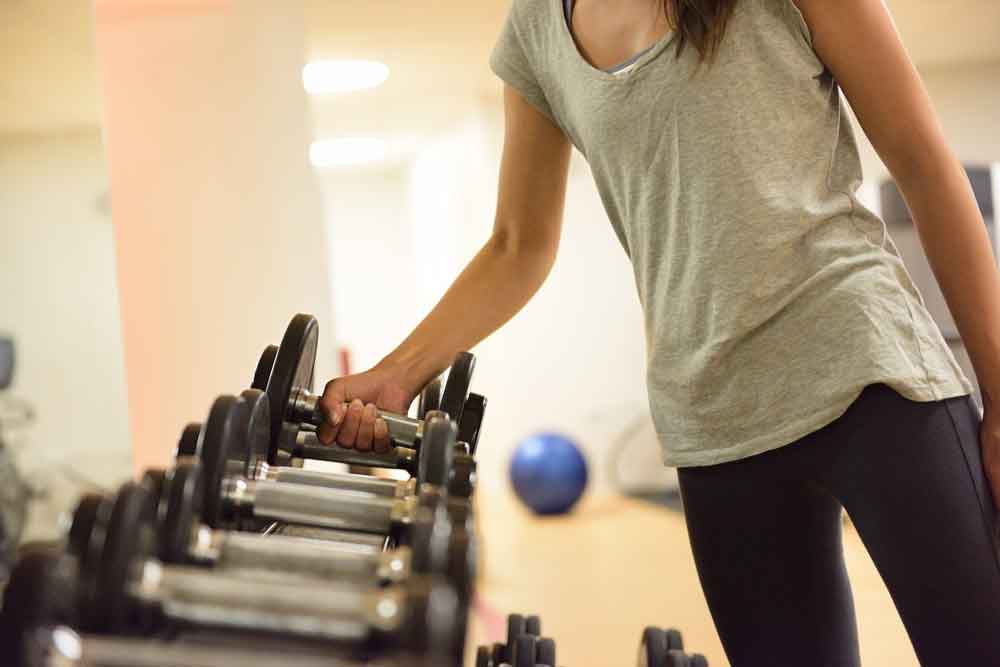
Image used for representational purposes only.
It is recommended to begin with five to ten kilos of weights, gradually increasing the weights. Any kind of pain or discomfort is your signal to stop.
Pro Tips:
- Focus on proper form over speed.
- Record how you feel after each workout.
Recovery Essentials for Beginner Strength Training
1. Rest

Image used for representational purposes only.
Allow adequate rest between sessions for proper muscle recovery. On days of extreme soreness, ensure at least 48 hours of rest before you restart your routine.
2. Protein Intake

Image used for representational purposes only.
The recommended protein intake once you begin strength training, as per fitness expert Vinod Channa, begins with one gram of protein per kilogram of body weight
For example, if your weight is 50 kilograms, your daily protein intake should be at least 50 grams of protein.
As you progress in your weight training journey, your protein intake should be anywhere from 1.2–1.7g per kg of body weight, depending on the intensity of your workout.
It’s imperative to balance your protein intake with adequate fibre to digest the protein and carbohydrates for adequate energy for your workouts. The best way to get your fibre in? Adding a carrot or cucumber to your diet daily, as per Channa.
3. Cardio
While strength training is crucial for building muscle and increasing metabolism, your body also needs days to recover. But recovery doesn’t mean sitting still. Active recovery or low-intensity movement on rest days can actually help reduce muscle soreness, improve circulation, and enhance overall performance. Your best bet is walking, jogging, skipping or even a good swimming session.
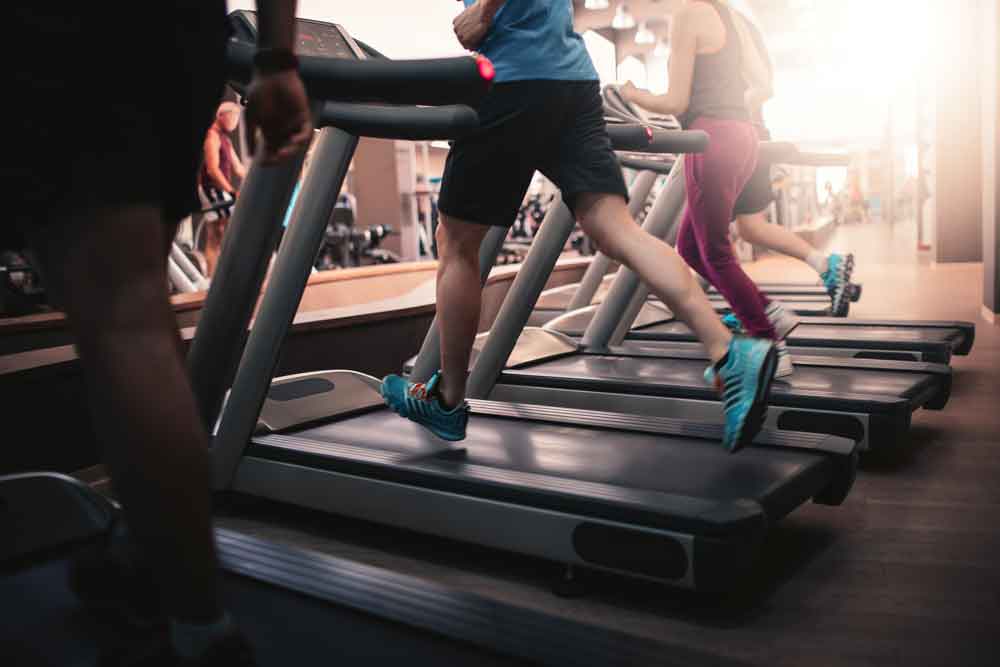
Image used for representational purposes only.
Beginner Home Workout
As a beginner, if going to the gym sounds overwhelming, here’s how you can start at home. In fact, some of the most effective strength workouts can be done at home using minimal equipment or even just your own body weight, Channa explains. Here’s a breakdown of how to get started on your strength journey from the comfort of your home:
1. Body Weight (No Equipment Needed)
Your body is your best gym, especially when you’re just starting out. Bodyweight workouts teach you control, stability, and core engagement. Plus, they help you perfect form before adding any load.
Great for: Functional strength, endurance, balance

Image used for representational purposes only.
2. TRX Bands (Suspension Trainer)
A TRX or suspension trainer is a versatile tool that uses gravity and your own body weight to build strength. You can easily hang these from a door or beam for full-body workouts with adjustable resistance.
Great for: Core stability, compound movements, full-body control
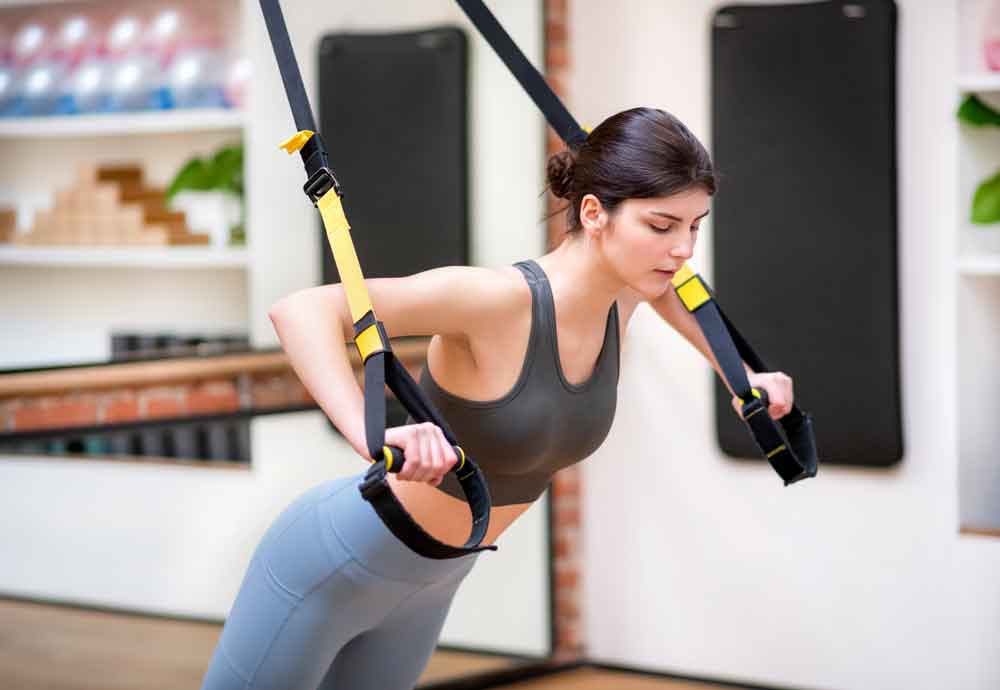
Image used for representational purposes only.
3. Small Dumbbells
Start with a pair of two to three-kilo dumbbells. These are perfect for adding a bit of resistance to squats, lunges, and arm workouts once you’re comfortable with bodyweight moves.
Great for: Upper body strength, progressive overload, toning

Image used for representational purposes only.
4. One-Litre Water Bottles
If you don’t have dumbbells yet, grab what you have. A one-litre bottle weighs about one kilogram and is a great starting resistance for curls, shoulder presses, and core movements.
Great for: Beginners easing into weighted movements

Image used for representational purposes only.
Beginner-Friendly Bodyweight Exercises
These foundational exercises are easy to learn, require no equipment, and can be scaled up as you build strength. They target multiple muscle groups and help create a solid base for future weight training.
1. Knee-Bend Push-Ups
Works: Chest, shoulders, triceps, core
How-to: Start on your knees, hands under your shoulders. Lower your body with control, keeping your elbows at 45° angles.

Image used for representational purposes only.
2. One-Knee Bends
Works: Quads, hamstrings, glutes
How-to: Stand tall, step one foot back and bend the front knee to a 90° angle. Remember to alternate sides.

Image Source: qinematic.com
3. Bird-Dog with Knee Bend

Image Source: dmoose.com
Works: Core, shoulders, glutes
How-to: From an all-fours position, extend one arm forward and the opposite leg back with a knee bend, then bring the elbow and knee to touch under your body before extending again.
4. Squats
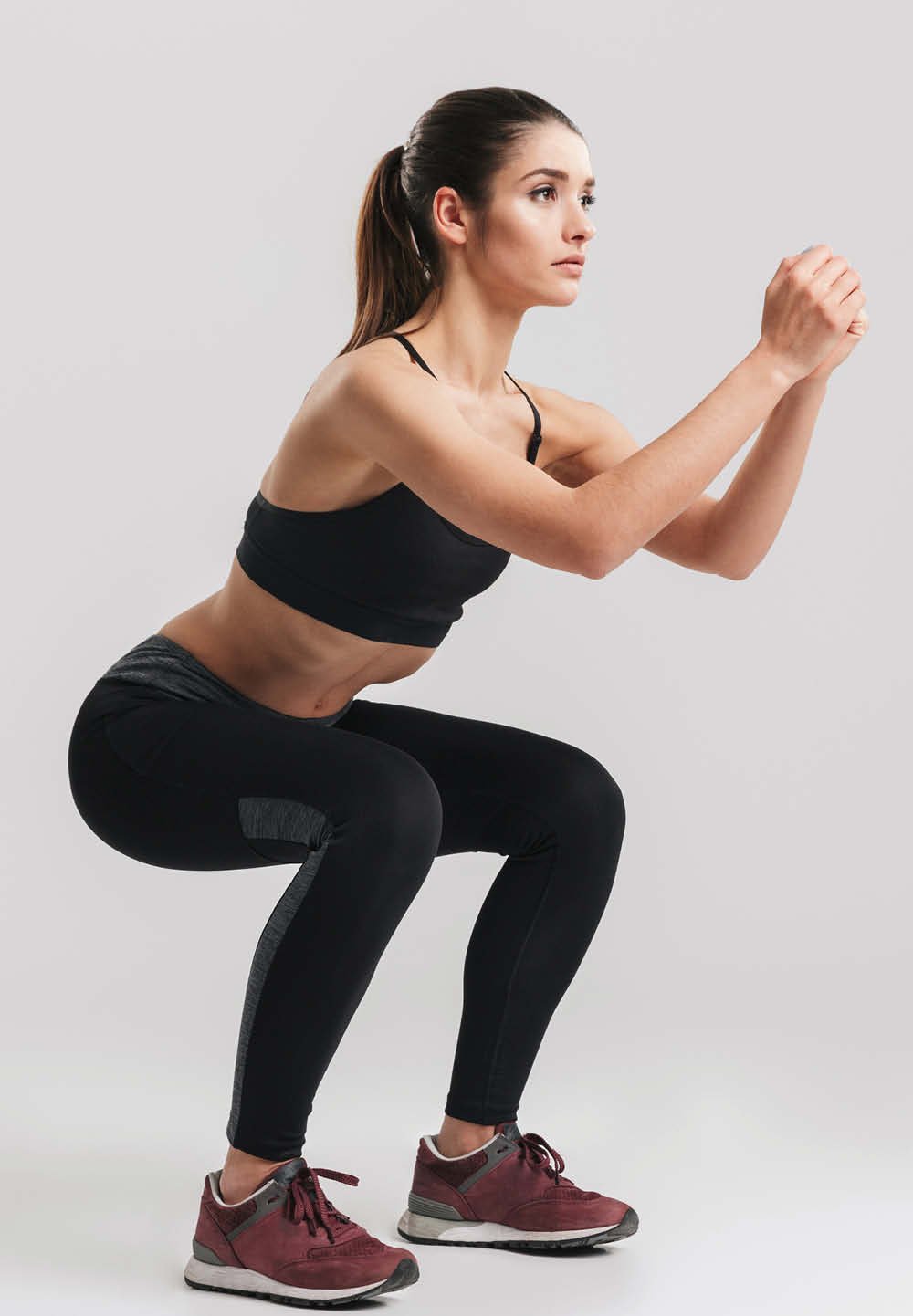
Image used for representational purposes only.
Works: Glutes, thighs, calves, core
How-to: Stand with feet hip-width apart, push hips back like you’re sitting on a chair, and lower down. Always keep your knees aligned with your toes.
5. Wall Hold Squat
Works: Glutes, thighs, calves, core
How-to: Taking a wall for support, hold in the squat position starting 20-30 seconds for a set.
Pro Tip:
Always focus on quality over quantity. In the first two weeks, aim for one set of five to ten reps of each exercise. Progress to more sets or add light resistance (water bottle, then dumbbells) as you go.
Congratulations!
You’ve made it through the first step of your StrongHER strength training journey, and that’s a win worth celebrating. The Beginner’s Guide isn’t just about lifting weights, it’s about lifting your self-belief, shifting your mindset, and creating a foundation of strength that supports every part of your life.
Whether you’re working out at home with a pair of water bottles or showing up consistently at the gym, what matters most is that you’ve chosen to start. Strength training is a lifelong practice that keeps evolving, and so will you!
So, where do you go from here? Once your form feels strong, your reps feel easier, and your confidence is rising, it’ll be time to level up.
Next Up: The StrongHER Mid-Level Strength Training Guide
Here’s what you can expect in the next guide:
-Progressive overload strategies
-Heavier weights and compound movements
-Targeted routines for endurance and definition
-Upgraded nutrition to fuel more intense workouts
-Smarter recovery techniques for faster muscle repair
-Tips to avoid plateaus and stay motivated